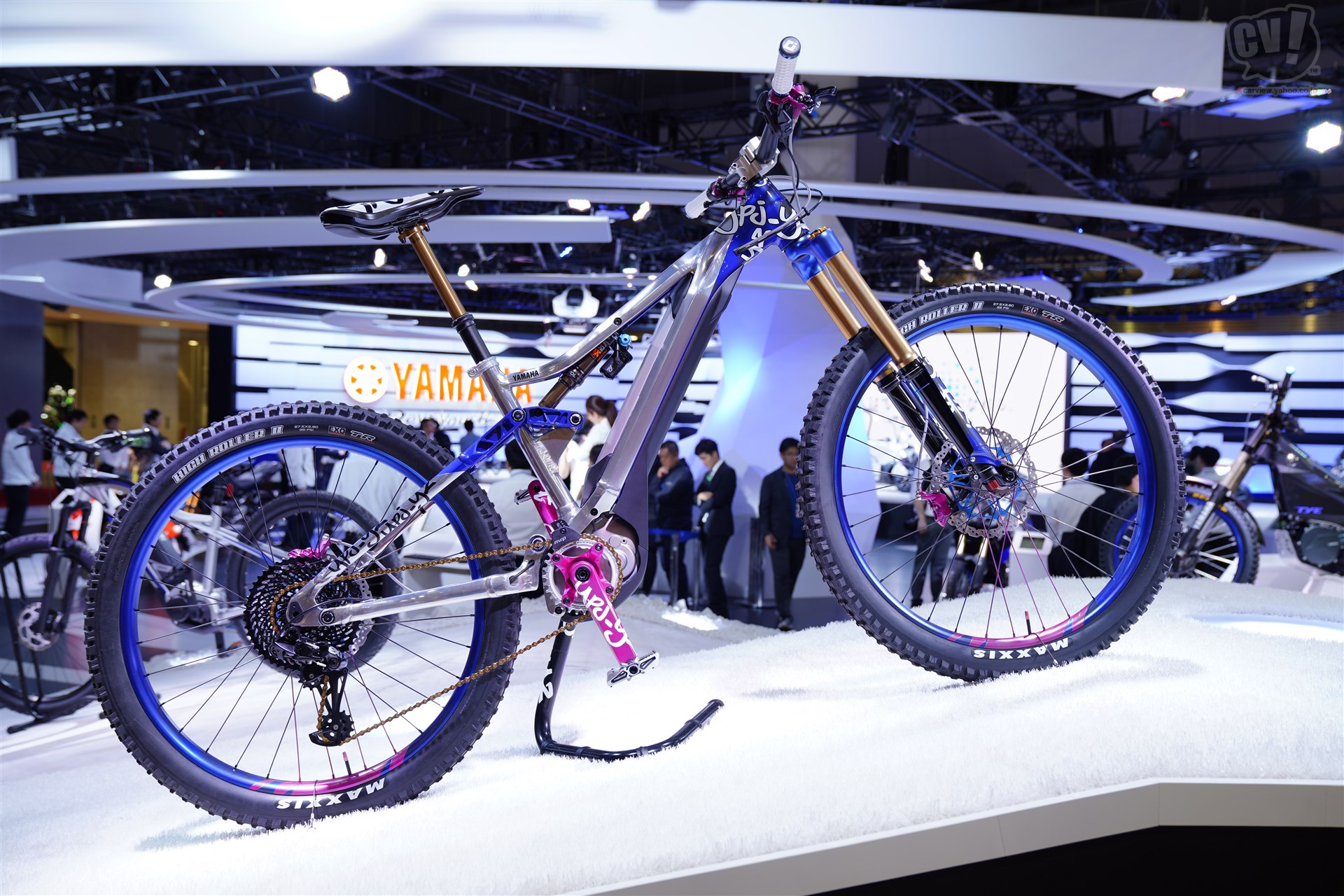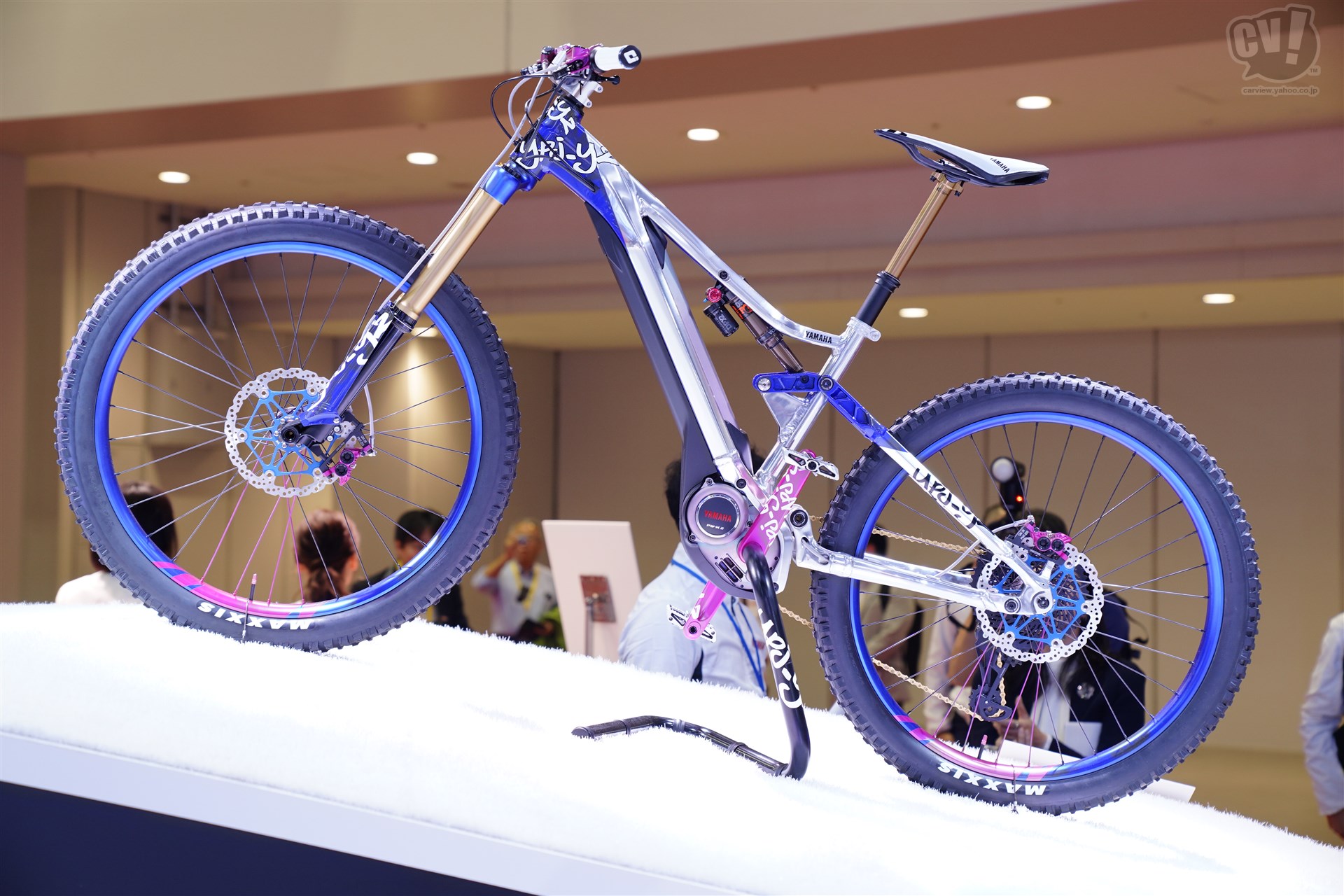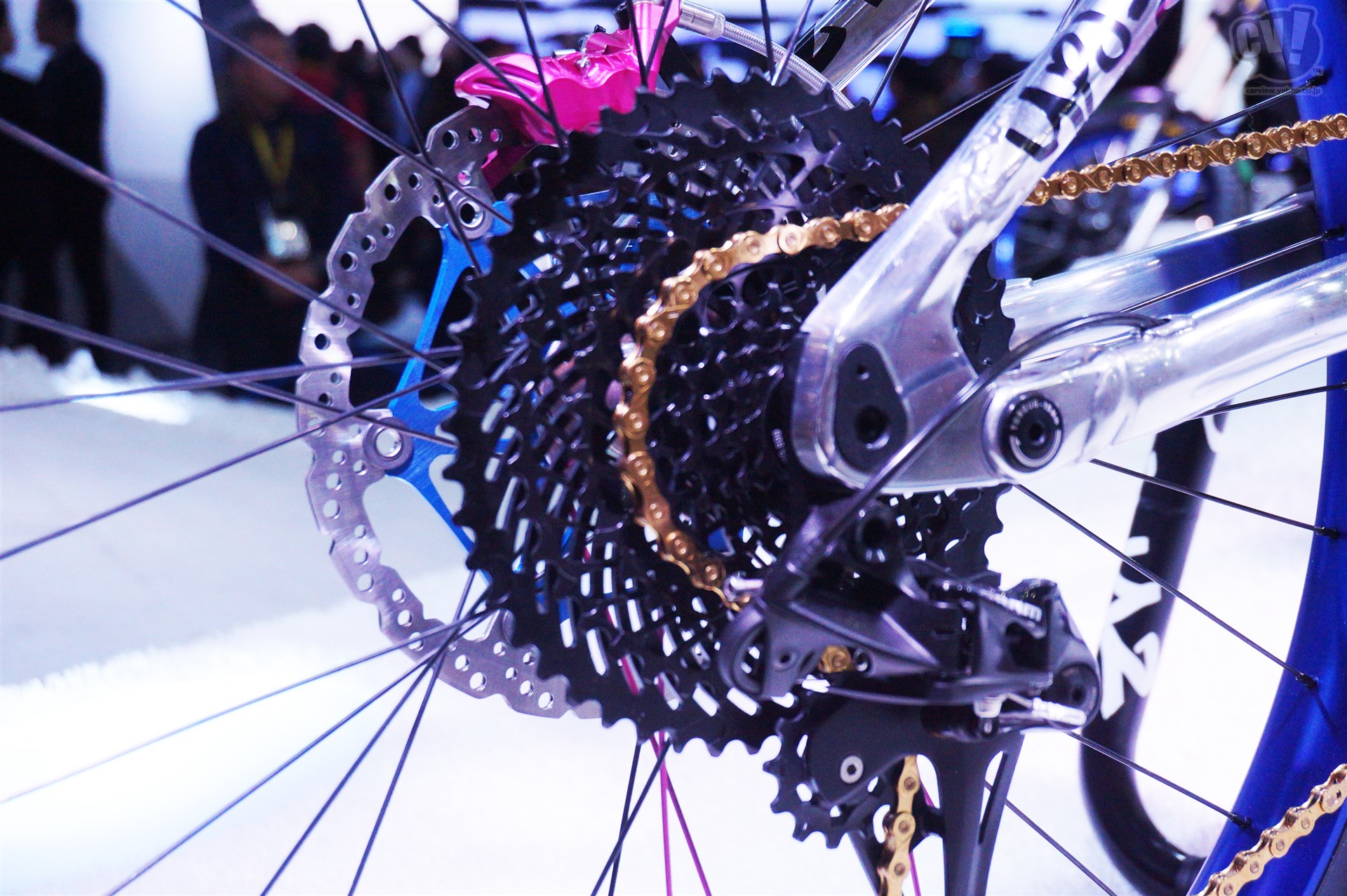You are using an out of date browser. It may not display this or other websites correctly.
You should upgrade or use an alternative browser.
You should upgrade or use an alternative browser.
2020 Yamaha YPJ-YZ
- Thread starter Timpo
- Start date
Captain Slow
Well-Known Member
Any details or specs?
J.R.
Well-Known Member
- Region
- USA
- City
- Piedmont Highlands
Yamaha YPJ-YZ electric mountain bike
This full-suspension electric mountain bike features a split downtube to hide the battery inside the frame. Its long-travel suspension suggests the bike is designed for more intense trails including jumps, while its steeper rake angle implies that it might even earn some downhill credibility as well.
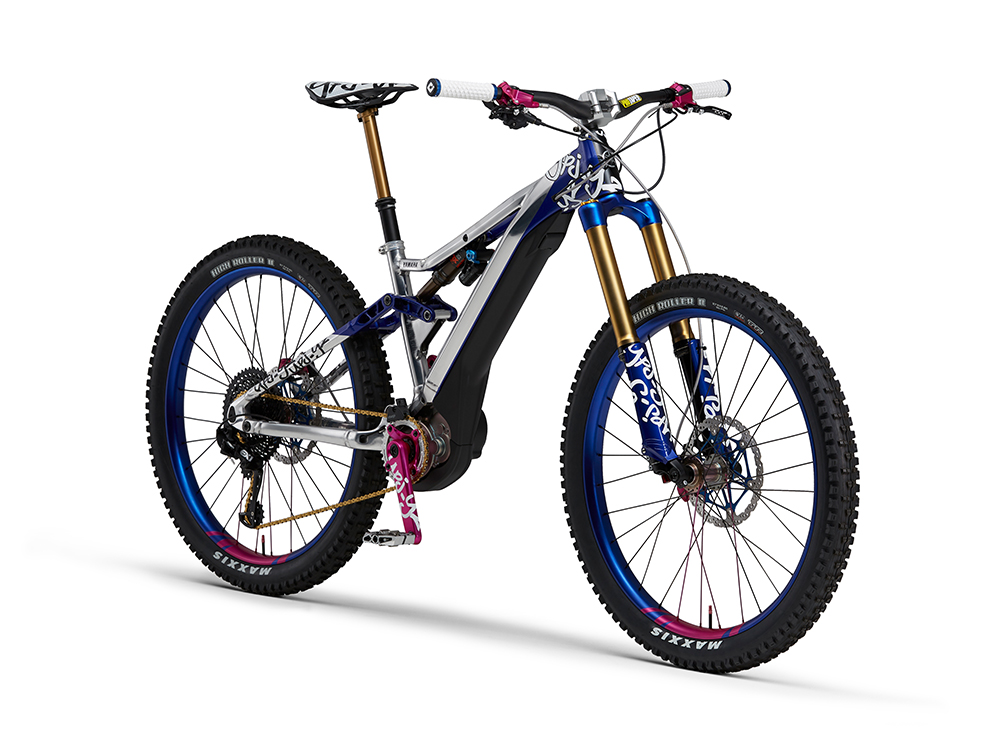
According to Yamaha:
This full-suspension electric mountain bike features a split downtube to hide the battery inside the frame. Its long-travel suspension suggests the bike is designed for more intense trails including jumps, while its steeper rake angle implies that it might even earn some downhill credibility as well.

According to Yamaha:
“This e-bike was designed with the looks of a race machine riding out on the track. Its mass-centralized chassis is suggestive of the engineering approach with our YZ Series of competition motocross models (locating chassis weight near the center for increased handling performance). The YPJ-YZ provides stable cornering performance and light handling even on rough terrain and the simple, lightweight frame was designed to show its relationship with YZ Series models.”
Feliz
Well-Known Member
Why is the Kashima coating on the top side of the inverted forks?
Too much fork slack.
Are the forks inverted? They don't look like any inverted forks I've had but they are strange looking. That's probably the nicest looking ebike I've seen.
Feliz
Well-Known Member
yeah it is inverted, look at the pictures closely.. the blue part with graphics is fork cover.
Oh, okay. Thanks! Another new bike in my future.......and a new wife I guess
Feliz
Well-Known Member
yeah it is inverted, look at the pictures closely.. the blue part with graphics is fork cover.
Yes, it's really obvious in the new pictures you just posted. Is that ever slick. Thanks
bob armani
Well-Known Member
Love the florescent color combo with the brake caliper accents. Perhaps $5-6K for this work of art... Have not seen the inverted forks on too many eMTBs released in the USA.
bob armani
Well-Known Member
Curious. What is going on with "inverted forks" on MTBs in general? I have not seen them grow in popularity in the last few years on most of the higher end bikes. Do they not perform well, or have they not been something that mfgs favor in general? Not sure of the differences in performance either.Are the forks inverted? They don't look like any inverted forks I've had but they are strange looking. That's probably the nicest looking ebike I've seen.
FlatSix911
Well-Known Member
- Region
- USA
- City
- Silicon Valley
The chrome finish has got to go... 
JRA
Well-Known Member
The chrome finish has got to go...
The chrome ones are old Honda DH bikes...That actual Yam e is screaming for some yellow accents however.
bob armani
Well-Known Member
Now those are some wicked looking Honda E-bikes indeed. Now we know what the "advanced" clan like to ride. Awesome!
bob armani
Well-Known Member
Timpo, Ahh, all makes sense as to why we do not see them much on the boutique brands or not much at all. The standard fork with the stanchions on top seem to do a well enough job that would call for the inverted ones unjustified.Also inverted for was more expensive?
Honda RN-01 had KYB (or Showa, depending on the year) inverted fork.

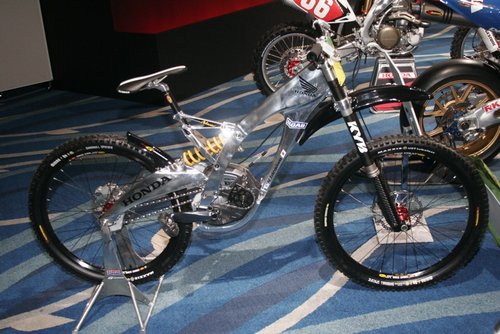

bob armani
Well-Known Member
Good catch! I was fooled until I looked closer. This bike is so extreme on so many levels. Looks like the Yamaha design team is thinking outside the box on this model.yeah it is inverted, look at the pictures closely.. the blue part with graphics is fork cover.
The inverted forks are better because it doesn't flex as much.
This video summarizes pretty well.
Upside down (I prefer 'inverted' too) lubricate the internals better, generally. The RS-1 by Rockshox was known to have flex and was an expensive fork. I rode it (200lbs), and I could feel the flex over a 'standard' 32mm Fox fork. Also, bikes (except for DH) aren't typically designed with a triple tree clamp unlike motorcycles.
Similar threads
- Replies
- 0
- Views
- 240
- Replies
- 2
- Views
- 633
- Replies
- 3
- Views
- 824
- Replies
- 25
- Views
- 3K

